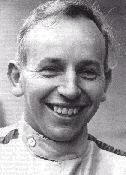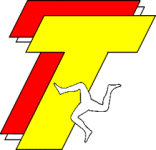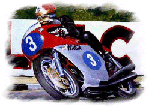
The fastest lap of just over 50mph,
during the first Mountain Course race, took Frank Phillip (riding a Scott)
44.22 minutes to complete. From then on as road conditions and the machines
steadily improved, so did the lap times.
The 60, 70 and 80mph
barriers fell to Jimmy Simpson before Grimsby's Freddie Frith beat 90 with a
lap at 90.27mph during a winning ride on a Velocette in 1937.
The TT took an
enforced break during World War II, but the pace soon revved up again. In 1957,
Scotland's Bob McIntyre, one of the all-time favourites with TT race fans, went
into the record books as the first man to break the magical ton, with a speed
of 101.12mph on an Italian Gilera.

Classic
Racing Motorcycle Club
Cafe
Racer

Southern 100
Peveril Motorcycle
Club
503 F2 Racing Team

|
|
|
|
|

|
| Brought to you in collaboration with The Department
of Tourism and Leisure
|
Reproduced from August 1965 CycleWorld Magazine.
"The Isle of Man races are
unique." How often one reads or hears those words and wonders why a mention of
the T.T. in racing circles seems to be treated with reverence. What is the
lure? Who is responsible for it all? Why do men and women want to race there?
the questions can be endless and many are answerable by guide books and the
like. But the purpose of this article is to tell you some of the background to
racing and give some statistics so that the magnitude of the task of organizing
these events can be better understood.
It all started way back in 1906
when international racing on the continent of Europe was getting into disrepute
and it was suggested that there should be a big road race in England. However,
it was impossible to hold it on the mainland. the law, then and now, prohibits
closing roads for racing of any kind. So an approach was made to the Manx
government who with its more progressive outlook agreed to accommodate the Auto
Cycle Club, as it was then known, and allowed them to use the course just over
fifteen miles long based on St. Johns in the west of the Island. It embraced
half a dozen or so miles of the present course.
In that first race
there were two classes, singles and multi-cylinder machines, and it is fitting
that such famous names as Matchless and Norton should have been the winners.
Winning speeds of over thirty-six miles and hour on unmetaled roads seemed
impossible but were achieved by Charlie Collier and Rem Fowler on the historic
occasion.
In 1911 the course was changed to the mountain circuit and
it brought success to the Indian company of America. Their machines finished
first, second, and third with the winner averaging over forty-seven miles an
hour. Then there was a five-year break for the First World War and by 1922,
following minor alterations, the course had fallen into the pattern which is
still used today.
There have been many experiments but the backbone of
the races has always been the Senior Tourist rave for 500cc solo machines
considered the blue ribbon of road racing and the pinnacle to which all racers
aspire. From 1954 to 1959 an alternative circuit known as the Clypse course was
used for 125cc and 250cc lightweight and sidecar events. Almost eleven miles in
length, it was in places very narrow and therefore most tricky for sidecars.
Many diehards felt that a Clypse winner should not be referred to as a T.T.
winner, such is the tradition of the mountain circuit. But to triple Clypse
winner Carlo Ubbiali, the change back to the mountain in 1960 only served to
prove his brilliance, for he promptly finished second in the 250 race and won
the 125 class. His T.T. record is most impressive: in fifteen races over a
period of ten years he retired twice, was fifth once, second seven times and a
winner on five occasions.
Between the wars, a period known as the
heyday of racing, Jimmy Simpson made history with the first 60 mph lap in 1924
on an AJS and, similarly mounted, set the 70mph mark in 1926. Five years later
he broke the 80mph barrier on a Norton and on the same marque Freddie Frith
passed the 90 figure in 1937. That was his first year as a works rider and
Freddie went on after the Second World War to win the 350 world championship on
a Velocette and become the first motorcyclist ever to be recognized officially
for his services with the award of an Order of the British Empire medal in
1950.
Twenty long years were to pass before, with the added help of
streamlining, the magic 'ton' (100mph) was reached in 1957. Fittingly it was
the Golden Jubilee of the races and the rider was the one and only Bob
McIntyre, the hardest trier the game has ever known. He was riding a 500cc
works Gilera four with full dustbin, as the streamlining was irreverently
called.
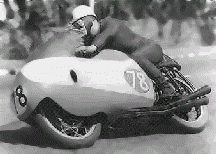
|
| |
Next Page
|
|
|
Mann Fact
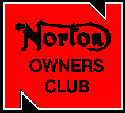



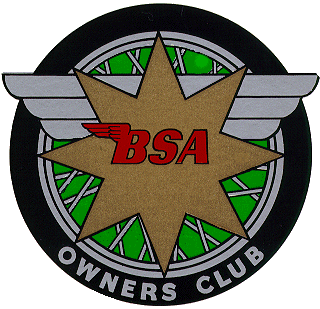






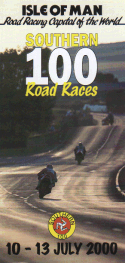
|
|
